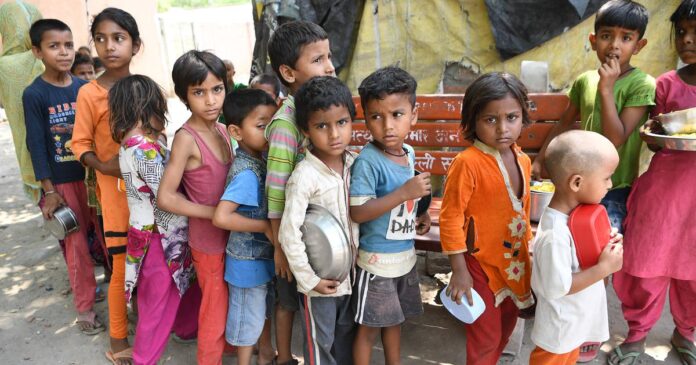Covid-19 pandemic across the globe has left scars on children’s lives with consequences that will become increasingly apparent in 2022. During the pandemic as children sat still at home for longer period, often in front of a screen has led to rise in childhood obesity in several countries.
In 2017, a global study published in the Lancet projected that if the most depressing trends – the rise in childhood obesity, seen at the time continued, then by 2022 obesity in children and adolescents aged 5-19 years would exceed the share who were underweight for the first time.
Several people think that overweight children are found only in wealthy countries, but according to reports 27% of the world’s overweight children below the age of five live in Africa and 48% in Asia. There in few parts of Africa and Asia the number of children carrying extra weight is two to four times higher than the number of children who are too thin for their height (a measure of acute malnutrition known as “wasting”).
In the last ten years, the share of obese children has been creeping up, while malnourished children has been plunging. In 2020, as per reports, 5.7% of children under five were overweight and 6.7% had wasting.
Disruptions in poor countries hit families that had been living in poverty, the hardest. For many of them, it was even harder to put food on table so their children probably grew thinner. However, a child’s loss of muscle and fat mass can be reversed immediately when nutrition improves. Therefore, any pandemic-related bump in the downward trend seen for the number of underweight children is expected to be short-lived.
During the pandemic lockdowns of 2020-21, for millions of young children stuck at home crucial habits have changed for the worse. For instance, in Germany, 28% of three- to five- year-olds engaged in less physical activity and 20% consumed more sugary snacks during the Covid-19 pandemic, the media reports showed.
Now, many poor countries are facing a “double epidemic” of malnutrition and obesity, which often coexist in the same community, including the same household.
In 2022 and beyond, more countries are likely to try harder to change the “obesogenic” environments in which children live. Policymakers will also introduce more taxes on sugary drinks and snacks, revamp school-based exercise and nutrition programmes, and start treating obesity as a disease (which is, according to WHO) rather than a personal failure.
(Inputs from The Economist)



